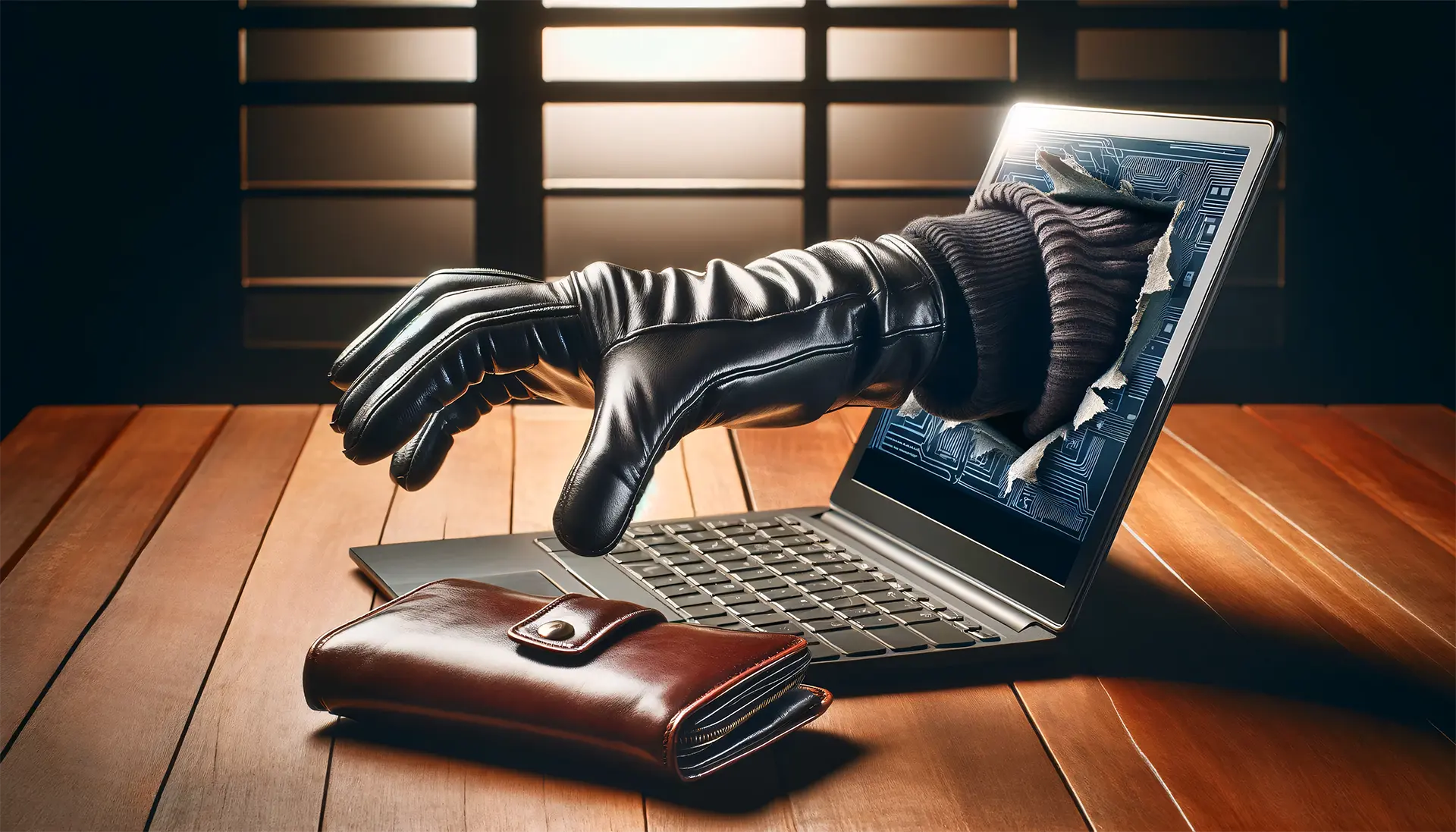Table of contents
- What is LockBit Ransomware?
- Evolution of LockBit: LockBit 2.0 and LockBit 3.0
- How LockBit Ransomware works
- LockBit attacks in Italy and worldwide
- How to protect yourself from LockBit Ransomware
Ransomware is one of the most feared cyber security threats in recent years, and among the most notorious is LockBit Ransomware. This type of cyber attack can paralyze entire organizations, often requiring the payment of a ransom for the release of stolen data.
In this article, we will explore what LockBit Ransomware is, how it works, and its most recent evolutions, such as LockBit 2.0 and LockBit 3.0.
What is LockBit Ransomware?
LockBit Ransomware is a type of malware that encrypts files on victims’ operating systems, making them inaccessible until the ransom is paid. First identified around 2019, it has quickly evolved into one of the most dangerous cyber gangs in the cyber security landscape. LockBit attacks are known for their speed and efficiency, leveraging advanced techniques to rapidly spread within IT systems.
Evolution of LockBit: LockBit 2.0 and LockBit 3.0
The evolution of LockBit Ransomware has led to increasingly sophisticated versions, such as LockBit 2.0 and LockBit 3.0.
- LockBit 2.0
This version introduced a series of improvements over the original, including more robust encryption and enhanced spreading techniques. - LockBit 3.0
An even more advanced version, LockBit 3.0 added new features such as the ability to bypass security systems and encrypt backup data, making it even more difficult for victims to recover their files without paying the ransom.
How LockBit Ransomware works
LockBit Ransomware follows a well-defined pattern. After infecting a system, the malware begins encrypting all files, rendering them inaccessible. A ransom demand is then displayed on a website created by the attackers, asking the victim to pay a sum of money, often in cryptocurrencies, to obtain the decryption key.
In some cases, the attackers threaten to publish the stolen data if the ransom is not paid within a certain period.

LockBit attacks in Italy and worldwide
LockBit attacks have spared no part of the world, including Italy. Various public administrations and Italian companies have been hit, suffering significant damages.
Example:
In 2021, a cyber attack paralyzed the systems of a well-known Italian company, with a ransom demand exceeding one million dollars. LockBit has also caused severe damage in the United Kingdom and the United States, targeting both public and private entities.
How to protect yourself from LockBit Ransomware
Protecting yourself from LockBit Ransomware requires a series of preventive measures and cyber security practices:
- Keep systems and software updated
Regularly updating all operating systems and software used is crucial to reduce vulnerabilities that attackers could exploit. - Implement advanced security solutions
Use antivirus, firewall, and threat detection tools to strengthen your defenses. - Regular data backups
Regularly backing up your data allows you to restore information without having to pay the ransom. - Raise awareness among personnel
Educating staff on good cyber security practices is essential to prevent careless behavior that could facilitate infection.
In conclusion, LockBit Ransomware represents a significant threat to global cyber security. Its evolutions, such as LockBit 2.0 and LockBit 3.0, demonstrate a continuous improvement in the techniques used by attackers, making it increasingly difficult to protect against. However, by adopting adequate preventive and security measures, it is possible to significantly reduce the risk of falling victim to these attacks.
FAQ
- What is LockBit Ransomware?
LockBit Ransomware is a type of malware that encrypts files on victims’ systems, making them inaccessible until a ransom is paid. - What are the most recent versions of LockBit?
The most recent versions of LockBit are LockBit 2.0 and LockBit 3.0, both with significant improvements over the original version. - How does LockBit Ransomware work?
LockBit Ransomware encrypts the victim’s files and demands a ransom in cryptocurrencies to provide the decryption key needed to restore access to the data. - Which countries have been most affected by LockBit attacks?
Countries such as Italy, the United Kingdom, and the United States have been heavily impacted by LockBit attacks. - How can you protect yourself from LockBit Ransomware?
To protect yourself from LockBit Ransomware, it’s important to keep systems updated, use advanced security solutions, regularly back up data, and raise awareness among personnel. - What should you do in case of a LockBit attack?
In the event of a LockBit attack, it is advisable not to pay the ransom, isolate infected systems, restore data from backups, and contact the relevant authorities. - Is paying the ransom an effective solution?
Paying the ransom is not advisable as it does not guarantee data recovery and further funds criminal activities. - How does LockBit make a ransom demand?
The ransom demand is made through a message displayed on the infected system, often with a link to a website where the payment can be made. - Which sectors are most at risk of LockBit attacks?
Sectors such as public administration, healthcare, and financial services are particularly at risk of LockBit attacks. - What is the importance of data backups in defending against ransomware?
Data backups are crucial for restoring information without having to pay the ransom, significantly reducing the impact of a ransomware attack.
